Stay Ahead of the Curve
Latest AI news, expert analysis, bold opinions, and key trends — delivered to your inbox.
NVidia’s Bold AI Vision at Computex 2025
2 min read Nvidia just revealed its real play: turning AI into physical infrastructure. From local AI supercomputers to humanoid robots and city-wide systems, Jensen Huang’s Computex vision isn’t just about tech—it’s about reshaping reality itself. May 20, 2025 15:35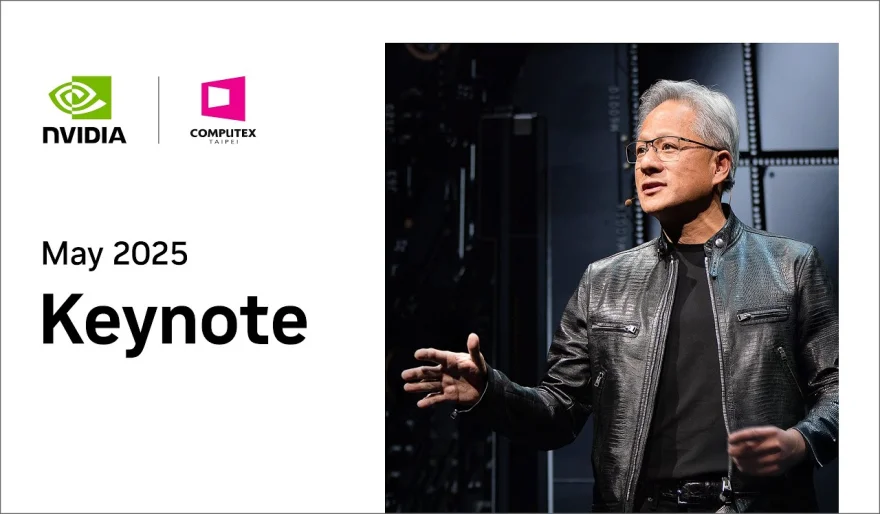
At Computex 2025, Nvidia CEO Jensen Huang didn’t just launch products—he laid out a blueprint to turn AI into physical infrastructure.
This was more than a keynote. It was a warning shot: AI isn’t just software anymore. It’s becoming the real world.
Here’s What Nvidia Announced:
– DGX Spark: A compact AI supercomputer that lets developers train models locally—no cloud required.
– AI-Native Push: Nvidia is targeting a future where “AI-native” users dominate, with support from Dell, ASUS, Lenovo, and more.
– AI Factories: Centralized spaces to process data and build AI systems end-to-end—like server farms, but for synthetic intelligence.
– NVLink Fusion: Nvidia GPUs now work with third-party CPUs, massively expanding their ecosystem and decoupling from vertical silos.
– Physical AI: Nvidia’s focus is now on the real world—humanoid robots, virtual simulators, and its Newton physics engine to mimic real-world environments.
– Synthetic Data Tools: Cosmos and Groot Dreams simulate human behavior to generate vast amounts of training data.
– A National AI Supercomputer: Nvidia is building one in Taiwan—aimed at embedding AI into urban infrastructure itself.
Why It Matters:
This isn’t just about chips or GPUs anymore. It’s a vision of AI as a civic utility—the operating system for smart cities, intelligent machines, and automated systems.
The power here is massive—and so is the risk.
Who builds the infrastructure?
Who governs the behavior?
And who gets left behind?
AI is no longer just in the cloud.
It’s coming to your city, your street, your systems.
Are we ready for that?
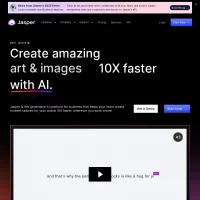
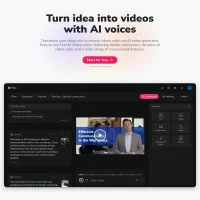

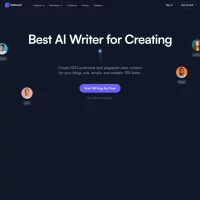
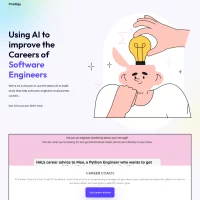







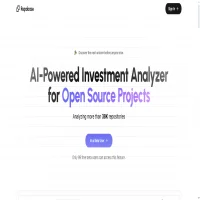

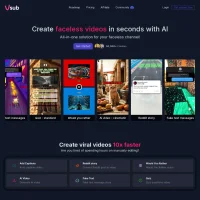




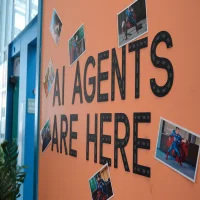 AI Agents
AI Agents